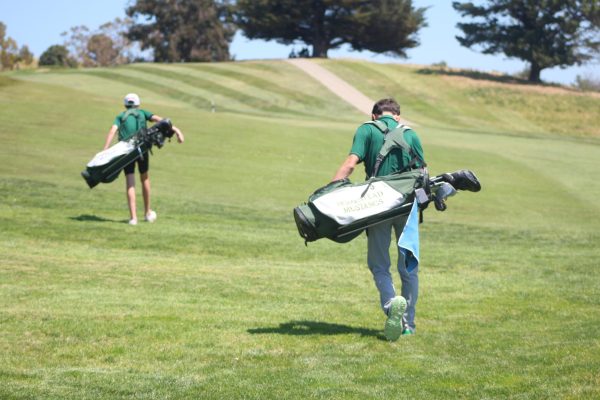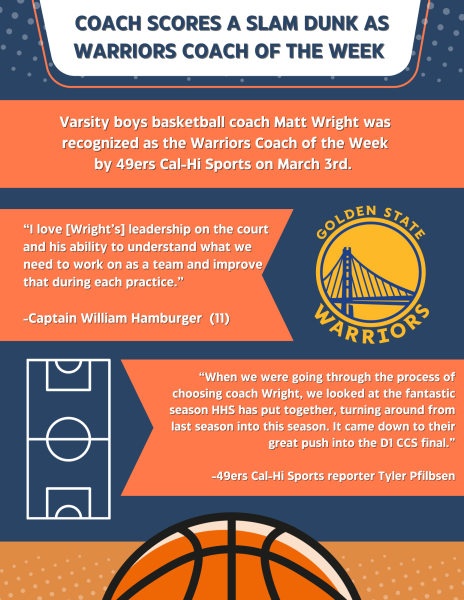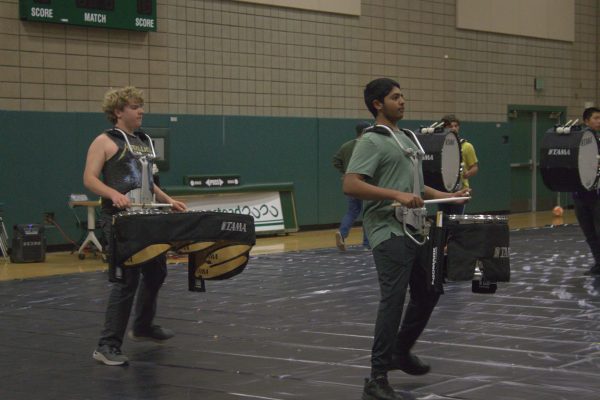A recruiting coach’s advice: how to navigate college recruiting during COVID-19
Jeff Amaral is an assistant baseball coach at West Valley College who also helps recruit players to West Valley’s baseball team. The Epitaph report Joshua Cantwell-Nahrung sat down with Amaral in a Zoom interview to discuss the recruiting process during COVID-19 and offer advice to athletes hoping to be recruited.

Joshua Cantwell-Nahrung
What exactly is your role at West Valley College?
Jeff Amaral
I’ve been working for West Valley College for a few years now. I have several different roles. I’m kind of like the Swiss Army Knife of our staff. First and foremost, I’m a performance coach in the strength and conditioning department. I’m also an assistant coach. I work directly with catchers and I’m an assistant hitting coach. And then also, depending upon how things play out for this upcoming season, I will assist our head recruiter for our upcoming seasons.
JC-N
For California colleges, do you think that recruiting new players has become more or less of a challenge during the pandemic?
JA
Absolutely more of a challenge. Number one, without baseball being played and the ability for not just our coaching staff, but a multitude of coaches across the state in the county we haven’t gotten to see the young individual players perform. Usually, one of the number one things is the eye test: watching a player, not necessarily his statistics that he puts directly on paper and staff reports, but being able to see how he handles himself on and off the field. The way he handles adversity, the way his body mechanics actually look like during a true baseball game. So, without having as many travel ball programs participating right now, without having spring ball, a multitude of different showcases, as well as pretty much the last entire high school spring season for a lot of our incoming freshmen completely being eliminated has made the task of recruiting highly talented individuals, and also players that will you want to fit seamlessly into your program, a lot more challenging.
JC-N
What do you think is the single biggest factor of recruiting that has been affected by COVID-19?
JA
Not being able to play to play a game of baseball. Simply put, just not having young kids get out there to continuously, get more game experience exposure. There’s a player and coach relationship that develops through the recruiting process and not having baseball be played has unfortunately been the biggest challenge that we’ve faced.
JC-N
The recruiting process has become highly virtual over the COVID-19 period. Do you think it will ever go completely back to what it was or will it still stay a lot more online?
JA
You know what, I think that’s a really good question. It’ll go back to the way it once was, but there’s going to be a lot more of the reporting, generating that’s going to go out on a bunch of young players. Obviously with technology being a lot more prevalent within the game and it’s being utilized at so many different very various stages of player development. So all that information is a great tool anda great resource but undoubtedly being able to watch a player play and interact with them on that interpersonal level is definitely something that is priceless. That’s where you’re going to get your biggest testimony to whether this player truly fits, whatever programs school or level that the recruiter and player are actually trying to develop their relationship around. So, yes, the report generating the virtual aspect, being able to blast emails being able to create profiles, having access to so many different kids via the internet and different resources of that nature is a wonderful thing that I think not only kids but also coaches are utilizing more, but being able to watch guys play [in-person] is just a complete unique feature that will never be replaced in the recruiting process.
JC-N
For younger athletes planning to start the recruiting process, would you recommend that they start now, while the pandemic is still ongoing, or, if they’re in no rush, should they wait until later?
JA
It’s tough, I think hesitation is only going to do a young athlete a disservice. Obviously if you’re a seventh or eighth grader trying to create these profiles and get a hold of your dream schools, you can’t have those types of unrealistic expectations when going in and downing on the virtual profiles and trying to blast emails and whatnot. Now if you’re a freshman or sophomore, who has potentially had almost a full year of their athletic career compromised due to COVID-19, waiting is not in your best interest. I would always advise young athletes to continuously reach out, whether or not coaches get back into contact with you at least having your name out there at least having a paper trail of your efforts on trying to get recruited to wherever it is that you want to play is only going to be beneficial and working your advantage in the future. The last thing you want to do is wait until your senior year and you haven’t reached out and you’re still waiting for a college coach to come reach out to you and you haven’t heard a peep. That’s the one situation that we don’t want young athletes to be in. And with the huge boom of the online virtual experience and kids actually having an understanding on how Zoom in the internet works even more so than they did at one time before will only create a little bit of a relationship that the coach and a player might not have otherwise.
JC-N
Do you see any new, positive things that have emerged specifically because of the pandemic shutdown?
JA
I would say being in a coach’s position for young athletes, I’ve seen a couple of different positives. Number one is actually understanding the concept of overcoming adversity. A lot of kids don’t really know what that means. Every single kid that’s even in the college ranks right now is facing adversity that we’ve never faced before we’re having to find ways to overcome and adapt and we’re not being victims of circumstances. We’re trying to go out and find solutions on how to maximize our time, maximize our little bit of time during our lifetime where we actually get to play and compete at high levels. So overcoming adversity would probably be the biggest thing from young kids that I’ve seen that has definitely stepped up. Number two is, I think that kids have been at least introduced to technology for a long time, and I are finding ways to spend their time more productively on it. Obviously virtual learning isn’t conducive to everybody’s main ways on how they want to learn. But once again, we’ve had to find ways around what has been the normal for the last handful of months. So I think kids have been more productive. And they have started to strategize a little bit better on how they can utilize their time in front of screens and whatnot, to benefit themselves in the future.







